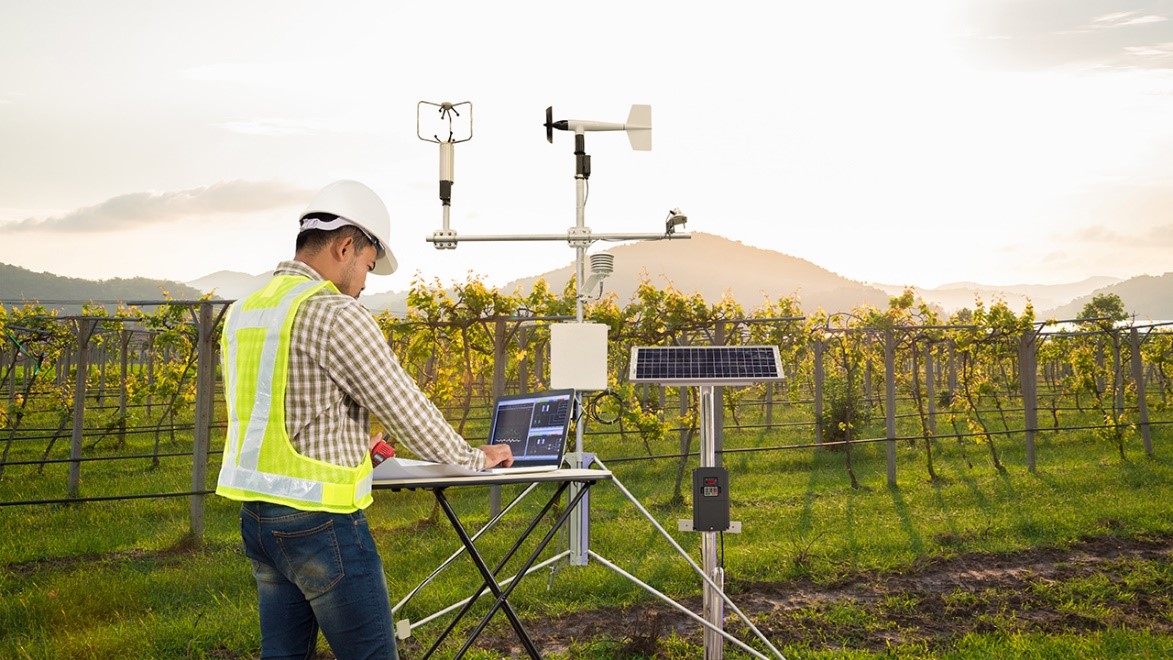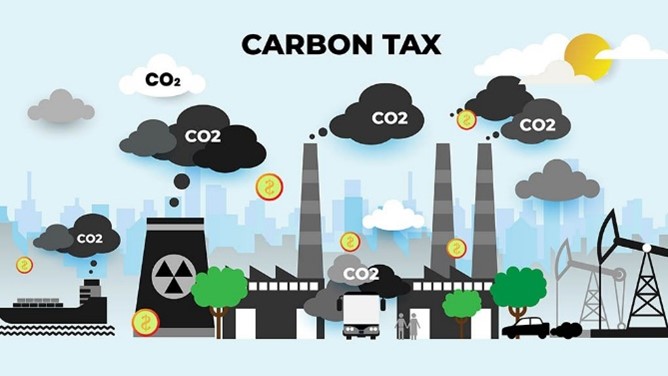How can machine learning analyze environmental data to identify risks to ecosystems?

How can machine learning analyze environmental data to identify risks to ecosystems?
by Maximilian 12:00pm Jan 25, 2025
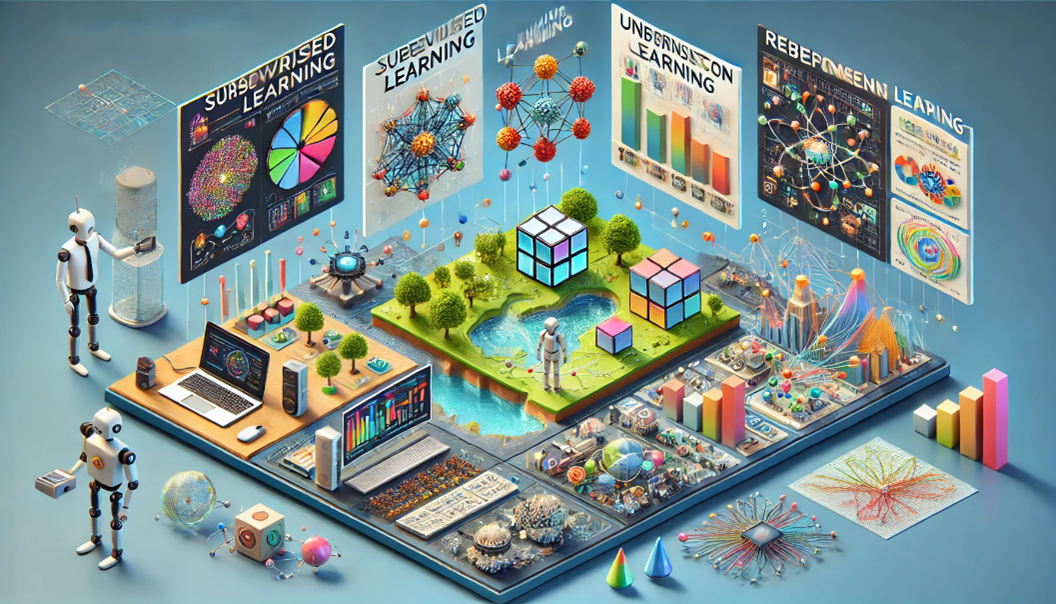
Machine learning (ML) can effectively analyze environmental data to identify risks to ecosystems by uncovering patterns, predicting trends, and generating actionable insights. Here’s how ML contributes to environmental risk analysis:
1. Data Collection and Integration
ML algorithms can handle large datasets from diverse sources, such as:
Remote sensing (satellite images, drones)
IoT sensors (temperature, humidity, air quality)
Ecological surveys (species counts, habitat quality)
Historical records (climate, pollution levels)
By aggregating these data, ML models can provide a comprehensive view of environmental conditions.
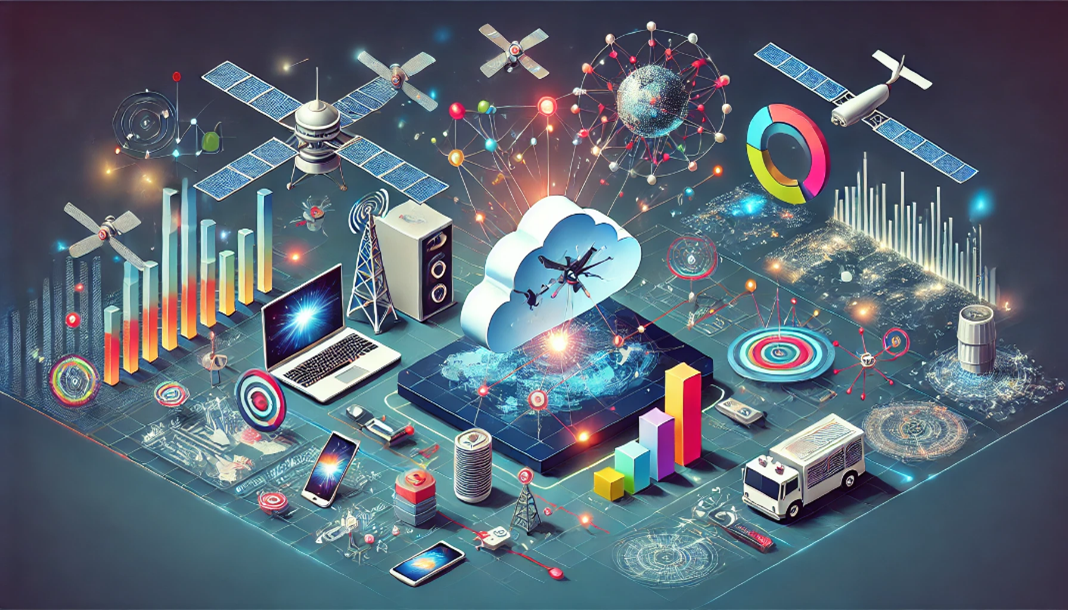
2. Detecting Changes and Anomalies
ML excels at identifying subtle patterns or deviations from norms that may signal risks:
Land-use changes: Analyze satellite imagery to detect deforestation, urban sprawl, or illegal mining.
Water quality degradation: Monitor water sensor data to identify pollution events or eutrophication.
Species population trends: Track changes in animal or plant populations to identify threatened species or invasive species encroachment.
3. Predicting Environmental Risks
Machine learning models can predict potential risks based on historical data and current trends:
Climate change impacts: Predict how rising temperatures, extreme weather, or sea level changes may affect ecosystems.
Habitat loss: Identify areas at risk due to human activities or natural disasters.
Disease outbreaks: Model the spread of zoonotic diseases or plant pathogens that threaten biodiversity.
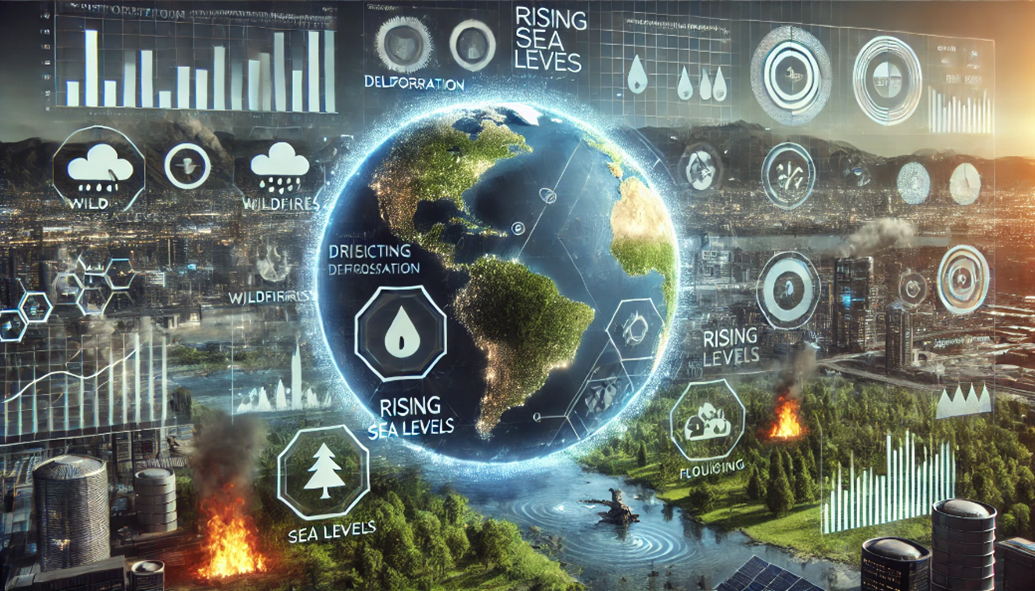
4. Identifying Vulnerable Ecosystems
ML can evaluate ecosystem health using multiple metrics (e.g., biodiversity, resource availability, resilience). Models can identify ecosystems most at risk due to:
Overexploitation (fishing, logging)
Pollution (plastic waste, heavy metals)
Climate stressors (droughts, wildfires)
5. Optimizing Conservation Efforts
ML algorithms can recommend interventions by analyzing the effectiveness of past measures:
Prioritization: Highlight critical areas for conservation based on ecological significance and vulnerability.
Resource allocation: Suggest where limited funds or personnel should be deployed.
Policy development: Assess the impact of environmental regulations and suggest improvements.
Key Machine Learning Techniques
Supervised Learning: Used to predict outcomes (e.g., species extinction risk) based on labeled data.
Unsupervised Learning: Identifies hidden patterns (e.g., clustering similar ecosystems by risk level).
Deep Learning: Analyzes complex, high-dimensional data like satellite imagery.
Reinforcement Learning: Optimizes resource management strategies by simulating various scenarios.

Applications in Real Life
Coral Reef Monitoring: AI models analyze underwater imagery to detect bleaching events.
Deforestation Alerts: Platforms like Global Forest Watch use ML to process satellite data and send real-time alerts.
Wildlife Migration: Track movement patterns to predict and mitigate human-wildlife conflicts.
Challenges
Data Quality: Inconsistent or incomplete datasets can reduce model accuracy.
Computational Resources: Processing large-scale environmental data may require significant computational power.
Interpretability: Complex models can be difficult to explain, making decision-making less transparent.
Biases in Data: Historical data may reflect human biases, affecting predictions.


